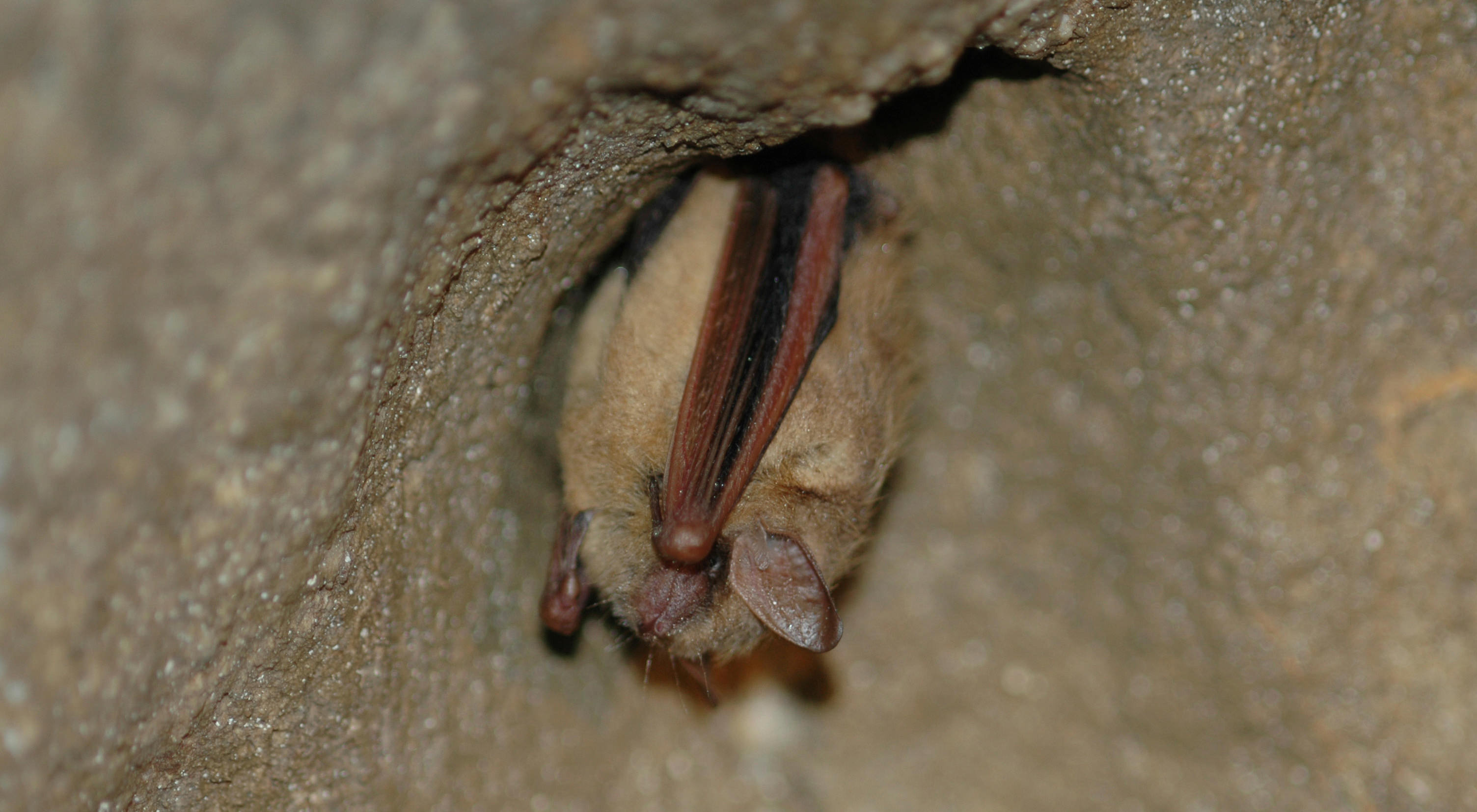Description
Nearly 1,000 species live exclusively in caves within the lower 48 states. Conserving these complex subterranean ecosystems represents important work since they serve as a bridge between forested habitats located above ground and groundwater resources found below.
Caves often host rare species that may occur in only one region, or even only in one cave. Little is known about many cave-dwelling species, including a variety of crustaceans, insects and arachnids.
Located in Pennsylvania’s Cherry Valley National Wildlife Refuge, Hartman’s Cave is a hibernaculum for several species of bats. It is also the site of archaeological discoveries from the late 1800s that, during excavation, unveiled remnants of eastern woodrat and timber rattlesnake (which no longer inhabit the cave or surrounding area) and signs of much older species including long-nosed peccary and giant beaver.
The Nature Conservancy and partners, including the Pennsylvania Game Commission (PGC) and members of the local caving community, began surveying four species of bats in 1996—including big and little brown bats, tri-colored bats and northern long-eared bats. Historic records indicate that Indiana bats also used the cave, but surveys have not accounted for any to date.






